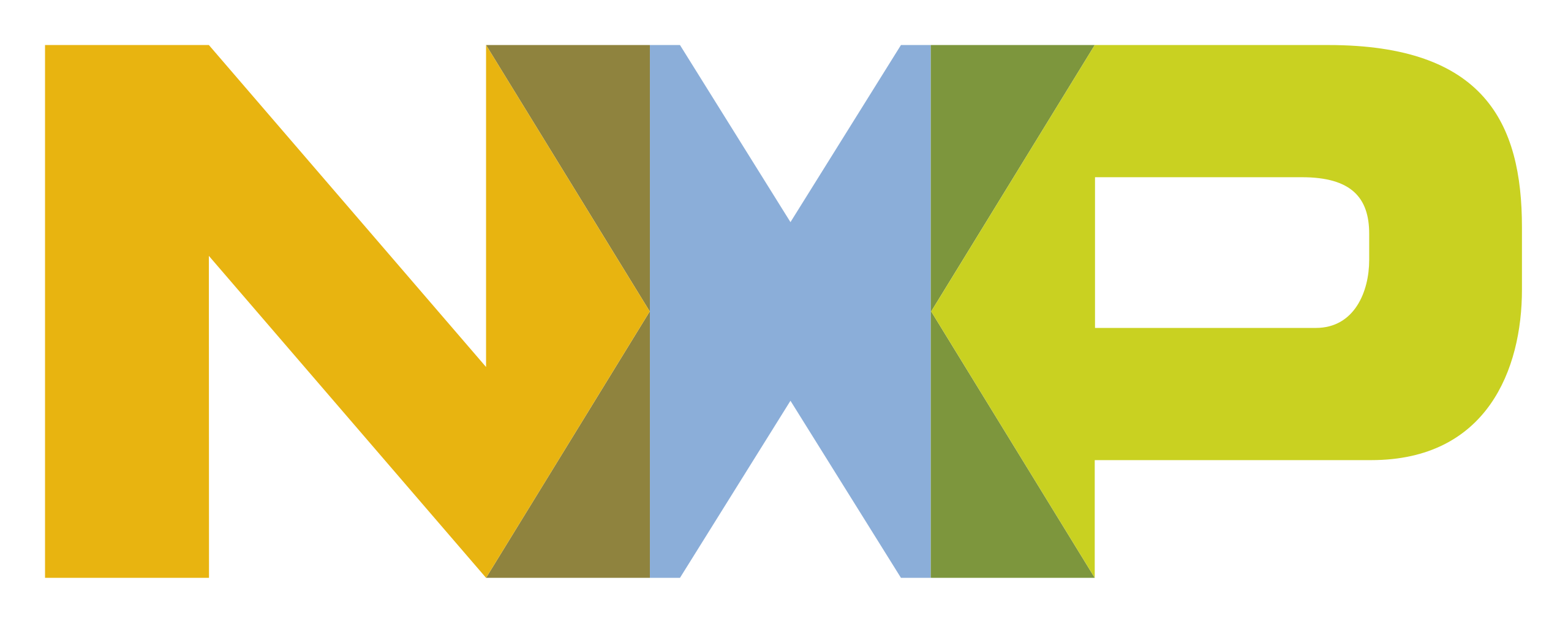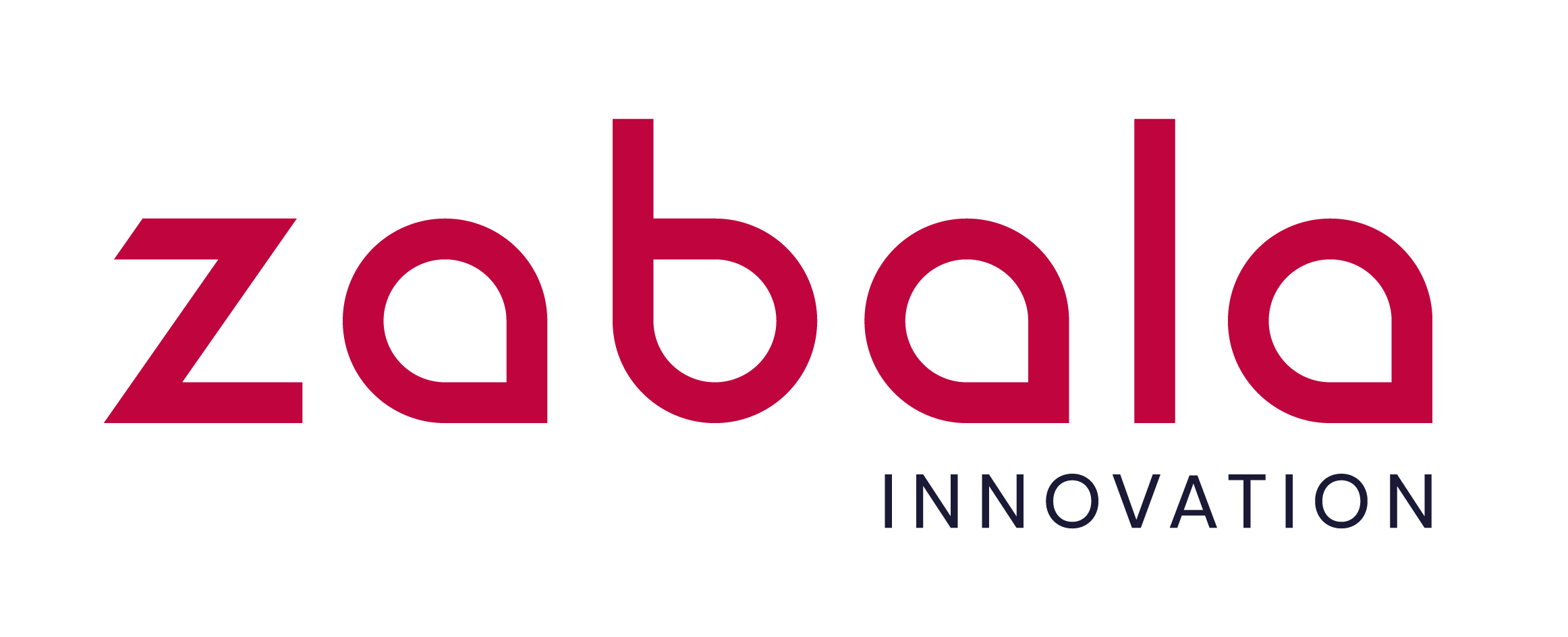RFID tags formats
There is a varied range of RFID tags formats, each one fits different RFID systems according to the needs of the project. To know how to choose the adequate RFID tag format is crucial…
If you are going to implement an RFID system in your business, you will need a good analysis of the needs and conditions for the correct application of the system. The type of asset to be labelled, the environment in which the system will be developed and the objectives to be covered by the implementation, will be the decisive characteristics when designing the system and choosing its components. In Trace ID, as manufacturers and converters of RFID tags, we know well the formats that best adapt to the needs of an implemented RFID system, and in this article, we will describe them. But first, you can visit our RFID tags to have an idea about the sizes of the RFID antennas, and also our RFID solutions to see different types of RFID tags customized.
Most common formats of RFID tags
When we talk about the format in this article, we refer to the size and materials; and we do not go into describing other issues such as the design of the antenna, the characteristics of the chip or the range of each type of label.
The size and materials influence the performance of the RFID tag and also its suitability within the RFID system. In jewelry, we will need very small RFID tags, while in an RFID clothing system we can use RFID tags of average size around 5×3 cm.
To begin with, we start from knowing that a dry inlay is an antenna with a chip inserted in a non-adhesive PET coil.
Wet inlay
The manufacture of wet inlays is the first conversion through which all RFID tags pass, the dry inlay is not stamped nor on adhesive support that to be able to stick on another surface. All the dry inlay to be RFID tags go through the process of conversion from dry inlay to wet inlay in which we will obtain die-cut adhesive labels on a coil of siliconized paper.
White-wet inlay
White wet inlays are wet RFID tags that have undergone a second conversion to add a white front face, commonly polypropylene or vellum paper.
As white wet are RFID tags with paper face, we can print them according to the needs of the client (with a logo, a bar code, text or number, etc.)
Customized RFID tags
So far, the level of customization that wet and white wet allow us is limited to the size and shape of the die.
When the customer orders the labels with a front of other materials and colours, a white wet is no longer produced, but the second conversion process through which the wet inlays pass transforms them into RFID labels with a more customized appearance, and they are also printable
Encapsulated RFID tag
Sometimes RFID tags must be sealed between waterproof and/or special materials. This may be required to avoid contact of the RFID tag with the outside or by peculiarities of the environment that may affect the performance of the tag. It would be the case of labels for the food industry or for laundries, to tell two examples.
An RFID tag on foam
We have already mentioned that the environment can affect the performance of labels. A very common cause of this problem is the RFID tags that have to work in environments with a high presence of metals. In these cases, RFID solutions are usually implemented with labels made of foam. The foam prevents the contact of the RFID tag with the metal.
RFID tags on PET for high temperatures
Another characteristic that can affect the type of materials in which the RFID tags are manufactured is the temperature. There are in the PET market that withstands high temperatures up to 300ºC.
We have given a first overview of the options for manufacturing RFID tags. In summary, once the antenna with the chip has been chosen, we can customize the shape of the die, the size of the adhesive label and the printing on the front, and in specific cases, other customizations depending on other needs of the client.
For any questions or to obtain more information, do not hesitate to contact us.
Contact us for more information focused on your needs. If you wish to receive information about RFID technology, subscribe to our magazine.






